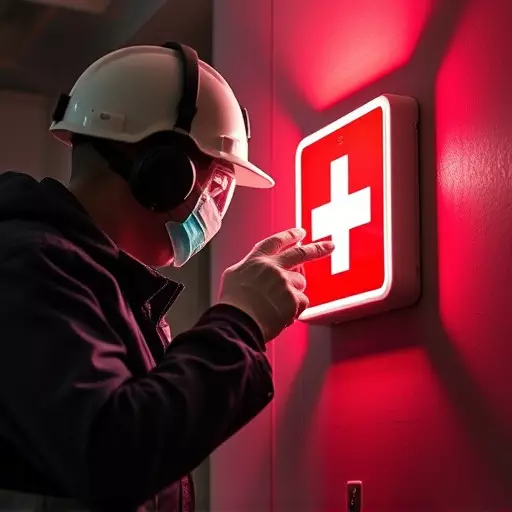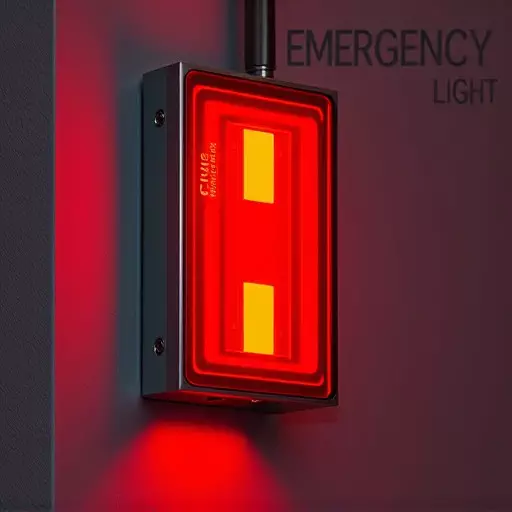Regular emergency light testing by professional services is crucial for building safety. They perform emergency light inspection and testing to identify and fix issues like faulty bulbs and control system malfunctions, extending equipment lifespans and mitigating risks. Key components include emergency light functionality testing that checks battery health, lighting intensity, power supply activation mechanisms, and more, ensuring reliable operation during emergencies. These services enhance safety, provide peace of mind, and help comply with regulations by keeping emergency lights operationally ready when needed most.
In today’s world, reliable emergency lighting is paramount for public safety. Regular self-testing of emergency lights ensures these critical systems are operational during crises. This article delves into essential aspects of emergency light maintenance, including the importance of routine testing, inspection processes, key evaluation criteria for functionality, and the advantages of professional services. Learn best practices to optimize your emergency lighting systems and ensure a safer environment. Explore the benefits of regular emergency light testing services and inspection to keep your space prepared for any eventuality.
- Understanding the Importance of Regular Emergency Light Testing
- The Process of Emergency Light Inspection and Testing
- Key Aspects to Evaluate During Emergency Light Functionality Testing
- Benefits of Engaging Professional Emergency Light Testing Services
- Best Practices for Maintaining Optimal Emergency Lighting Systems
Understanding the Importance of Regular Emergency Light Testing
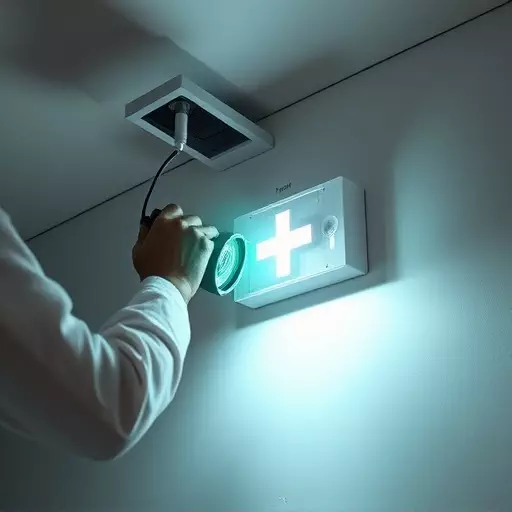
Regular emergency light testing is paramount for ensuring safety in buildings and facilities. Emergency lighting systems play a crucial role in guiding people to safety during power outages or emergencies, making their reliability and functionality imperative. Routine inspection and testing identify potential issues, such as faulty bulbs, dead batteries, or control system malfunctions, allowing for prompt repairs and replacements. This proactive approach prevents catastrophic failures when they matter most.
Emergency light testing services provide thorough evaluations of lighting systems, including emergency light functionality testing, to verify that every component is operating optimally. Regular maintenance through these emergency light inspection and testing procedures extends the lifespan of equipment, reduces the risk of life-threatening situations, and complies with safety regulations.
The Process of Emergency Light Inspection and Testing
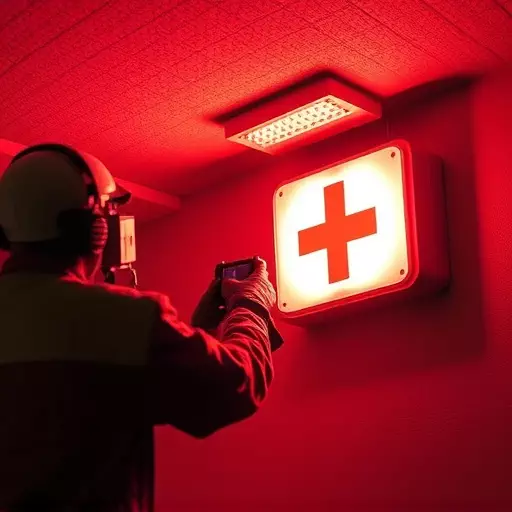
Emergency light systems play a critical role in ensuring safety during unforeseen events. Regular emergency light inspection and testing is essential to guarantee their reliability. This process involves meticulous checks on various components, including battery health, lighting intensity, and emergency power supply activation mechanisms. Skilled professionals employ specialized equipment for emergency light functionality testing, simulating real-life scenarios to assess the system’s responsiveness and overall performance.
During an inspection, experts examine the lighting fixtures, sensors, and control panels for any signs of damage or wear. They verify proper wiring connections and check the functionality of backup batteries, ensuring they maintain adequate charge levels. By conducting thorough emergency light testing services, these professionals identify potential failures, allow for necessary repairs, and ensure that emergency lights operate as intended when needed most.
Key Aspects to Evaluate During Emergency Light Functionality Testing
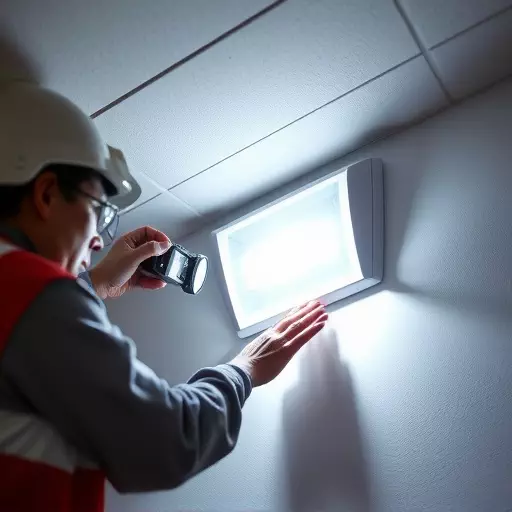
When conducting emergency light functionality testing, several critical aspects must be evaluated to ensure the safety and reliability of these vital systems. Firstly, check the power source and backup battery functionality. It’s essential to verify that the lights can operate independently during a power outage, simulating real-world scenarios. Emergency light testing services should also assess the lighting output and distribution, ensuring uniform illumination across the designated areas. This includes checking the intensity, color temperature, and pattern of light projection.
Additionally, the testing process should encompass the inspection of control systems and sensors. These components are crucial for automatic activation during emergencies. Testing should involve simulating various conditions to confirm proper response times and operational consistency. Emergency light inspection and testing also require evaluation of the overall system maintenance, including any signs of wear or damage, as well as checking the integrity of wiring connections. Regular emergency light functionality testing is a cornerstone of maintaining a safe environment, ensuring that these critical components are prepared to serve their purpose when needed most.
Benefits of Engaging Professional Emergency Light Testing Services

Emergency lights play a critical role in ensuring safety during unforeseen events like power outages or emergencies. Engaging professional emergency light testing services offers numerous advantages, making it an essential step for any facility management strategy. These experts possess the specialized knowledge and equipment to conduct thorough emergency light inspections and testing, guaranteeing that these life-saving systems are always functional and ready.
By outsourcing emergency light functionality testing, organizations can benefit from increased safety, improved peace of mind, and potential cost savings in the long run. Professional testers identify any issues or malfunctions early on, allowing for timely repairs or replacements, thus preventing costly downtime during critical situations. This proactive approach enhances overall system reliability and ensures compliance with safety regulations.
Best Practices for Maintaining Optimal Emergency Lighting Systems

Regular emergency light testing services are paramount to ensuring optimal system performance during critical situations. Incorporating rigorous emergency light inspection and testing protocols into your building’s maintenance regimen is essential. These tests go beyond basic functionality testing to include evaluations of battery health, lighting intensity, and emergency trigger mechanisms. By proactively engaging in regular emergency light functionality testing, you can identify potential issues before they escalate, ensuring a swift response during an actual emergency.
To maintain peak efficiency, it’s recommended to schedule these tests at intervals determined by local regulations and the specific system setup. This proactive approach not only enhances safety but also extends the lifespan of your emergency lighting systems. Efficient maintenance routines, including routine checks and timely repairs, contribute to a reliable network of emergency lights ready to serve when needed.

